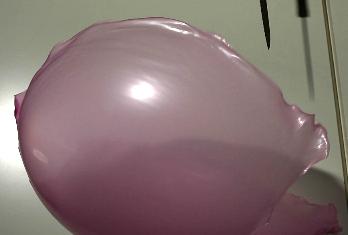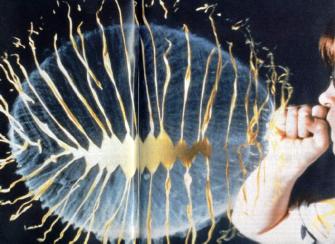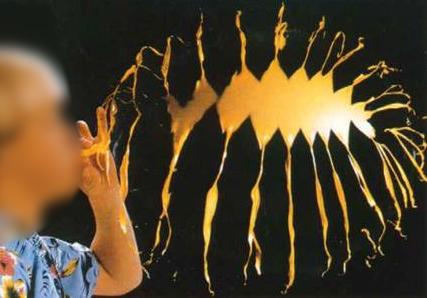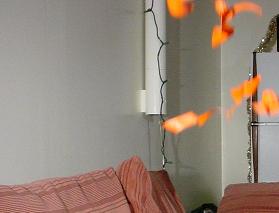|
Ka-Bang ! We all know that when a balloon bursts, somewhere, it started with a single hole. So how did this thing end up in so many pieces? Balloon shredding rarely occurs when a balloon is under inflated or popped with a sharp object. It is most likely to happen if the balloon is over inflated and has no defects. |
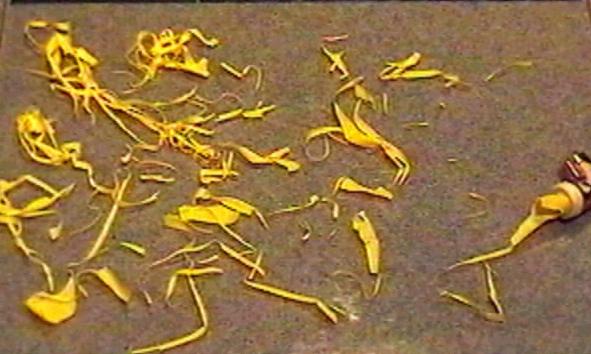 |
